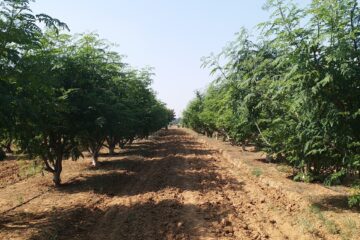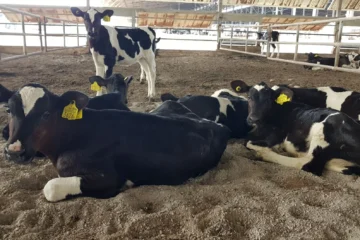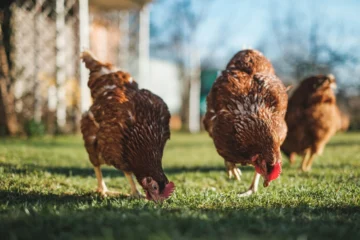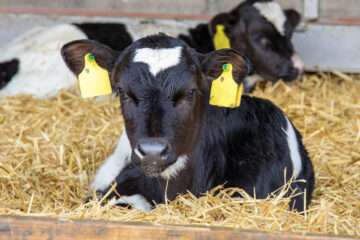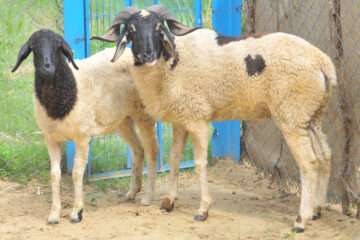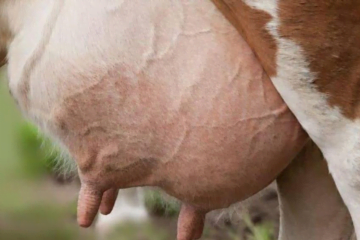Historically, our ancestors extensively reared buffaloes. However, with the introduction of crossbred cows, buffalo farming has significantly declined. Buffaloes are relatively easy to rear, requiring fibrous fodder and minimal high-energy supplements to produce nutritious milk.
Breeds and Milk Production
There are several buffalo breeds such as Murrah, Surti, and Toda. A buffalo typically yields 1,500 to 2,000 kilograms of milk per lactation, with a fat content of 7%. This makes buffalo milk more valuable, fetching ₹35-40 per kilogram.
Reasons for Decline
The decline in buffalo farming is attributed to multiple factors:
- Thermoregulation Challenges
Buffaloes struggle to regulate their body temperature. To cool themselves, they often wallow in ponds or waterbodies, which are now scarce. - Seasonal Variations
Buffaloes usually breed during monsoon months when green fodder is abundant. However, irregular rainfall and rising temperatures have disrupted their breeding cycles. - Health Vulnerabilities
Buffalo calves are prone to diseases due to their slow growth rate. Intestinal parasites and diarrhea are major contributors to high calf mortality. - Thermal Stress
The dark skin and dense hair of buffaloes trap heat, disrupting their metabolism and reproductive functions, leading to challenges in conception. - Silent Estrus
Buffaloes often show no clear signs of estrus (heat), termed “silent estrus.” This makes it difficult to ensure timely breeding. - Social Perception
Farming buffaloes is often seen as less prestigious compared to other forms of livestock farming.
Solutions
To revive buffalo farming, the following measures can be taken:
- Nutritional Care
Providing quality feed and proper care is essential. Pregnant buffaloes should be given special attention 6–8 weeks before calving to ensure healthy offspring. - Disease Prevention
Calves should be raised in clean, warm environments to prevent diarrhea and other illnesses. Regular deworming, ideally monthly, is crucial. - Fodder Management
The growth of buffalo calves depends on a balanced diet of green and dry fodder. Only calves with sufficient weight, not just age, should be bred. - Feeding Milking Buffaloes
Lactating buffaloes producing over 1.5 liters of milk daily need an additional half kilogram of mixed feed for every liter of milk. - Hygiene
Washing the udder before milking ensures clean milk, while daily bathing reduces thermal stress and hair shedding. - Water Facilities
Providing access to water troughs or ponds helps lower buffalo body temperature. - Quality Breeding
The availability of superior semen straws has made artificial insemination more effective. Promoting buffalo farming can enhance both household and national prosperity.
Conclusion
With scientific practices and focused care, buffalo farming can regain its prominence. This will not only benefit individual farmers but also contribute to the economic growth of Tamil Nadu.
Dr. S. Ilavarasan, Dr. T.A. Vijayalingam, Dr. N.V. Rajesh, Veterinary University Training and Research Centre, Ramanathapuram – 623 503.


